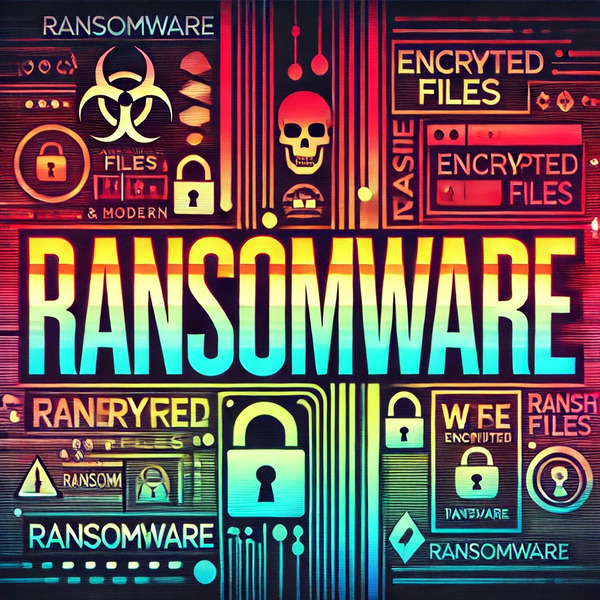Cyberattack on Hitachi Vantara Highlights Escalating Ransomware Threats
Last weekend, Hitachi Vantara, a leading global technology firm and a subsidiary of Japan’s Hitachi, fell victim to a significant ransomware attack carried out by the notorious Akira Ransomware gang. In response to this incident, the company took immediate and drastic measures to contain the malware, which involved taking multiple servers offline. To navigate the complexities that arose from this cyberattack, Hitachi Vantara has engaged cybersecurity experts to guide their IT team through the recovery process.
The cyberattack reportedly commenced on April 26, 2025, when Hitachi Vantara’s servers were infiltrated by file-encrypting malware. This breach not only disrupted the company’s operations but also underscored the growing sophistication of modern cyber threats. It illustrates the vulnerabilities that even the most secure organizations face in today’s increasingly perilous digital landscape.
Hitachi Vantara’s Business Landscape
To understand the implications of the attack, it is essential to consider Hitachi Vantara’s role in various critical sectors. The company provides advanced storage appliances, cloud solutions, and specialized recovery services for ransomware incidents. Its clientele encompasses prominent public and private organizations—including major players such as BMW, Telefonica, and T-Mobile. This broad client base not only highlights the importance of its services but also makes Hitachi Vantara a significant target for cybercriminals. The scale of potential damage from security breaches at such a firm raises pertinent questions about cybersecurity in high-stakes industries.
Despite instituting proactive cybersecurity measures, including rigorous defenses aimed at protecting sensitive data and infrastructure, Hitachi Vantara still became a target of the Akira ransomware group. This attack serves as a chilling reminder of the resilience of today’s cybercriminals and their ability to circumvent even the most robust security mechanisms.
The Akira Ransomware Gang
The Akira ransomware group has emerged as a prominent threat in the cybercrime landscape since its inception in 2023. They have reportedly targeted nearly 300 organizations globally, resulting in considerable financial and operational disruptions. According to a recent examination by the FBI, the gang’s operations have been highly lucrative—earning over $42 million in ransom payments in 2024 alone. This alarming statistic underscores the financial motivations driving such cyberattacks.
Akira’s typical approach to ransomware attacks includes encrypting a victim’s data, rendering it inaccessible unless a ransom is paid. In some instances, the gang escalates their tactics by threatening to release sensitive information to the public if their demands are not met. This dual approach—disrupting operations while instilling fear regarding data leaks—has established Akira and similar organizations as increasingly formidable concerns for businesses across numerous sectors.
Widespread Ransomware Threats
The recent attack on Hitachi Vantara serves as a stark warning to organizations of all sizes, emphasizing that no company, regardless of the precautions implemented, is entirely immune to the threat of ransomware. With cybercriminals becoming more organized and sophisticated, the risks for diligent firms grow exponentially. Experts continue to advocate for comprehensive cybersecurity strategies that comprise multi-layered defenses, continuous monitoring, and prompt response plans designed to mitigate the effects of any potential breach.
Reporting Cyber Incidents
In the aftermath of cyberattacks, law enforcement agencies urge businesses to take immediate actions if they fall victim to such incidents. Organizations are advised to report these attacks within a 48-hour timeframe. Reporting not only assists in tracking down the cybercriminals but also contributes to wider efforts aimed at preventing similar incidents in the future.
Additionally, industry experts commonly advise against paying ransoms. While it may appear to be a straightforward solution for regaining access to encrypted files, paying the ransom rarely guarantees that the hackers will provide the necessary decryption keys or follow through on their promises. Furthermore, surrendering to ransom demands only incentivizes further criminal behavior, perpetuating a cycle in which businesses remain vulnerable to future attacks.
Strengthening Cyber Defenses
As the digital threat landscape evolves, the onus lies on businesses of all sizes to take proactive measures to enhance their cybersecurity defenses. This involves investing in advanced threat detection technologies, educating employees about phishing and other prevalent attack vectors, and regularly testing incident response plans. By bolstering their defenses and fostering a culture of cybersecurity awareness, organizations can better position themselves to withstand the ever-increasing risk associated with cybercrime.
In conclusion, the recent cyber assault on Hitachi Vantara serves not only as a case study of a significant breach but also as an essential call to action for organizations to prioritize their cybersecurity strategies. As the potential repercussions of such attacks grow, firms must remain vigilant, adapting to the ever-changing landscape of cyber threats.


